Barely a day goes by right now when there isn’t the launch of a new Chinese electric car, and while one of our most recent experiences meant enduring one of the worst cars we’ve ever driven (hang your head in shame, Skywell BE11), Zeekr has a better chance of success than most of these nascent companies emerging from the Far East.
This is because Zeekr is part of the Geely Group, which means it is — distantly — related to Swedish companies Volvo and Polestar, not to mention the venerated name of Lotus. In other words, Zeekr isn’t a company which normally knocks together tellies and is simply having a go at making cars as another string to its bow; no, it’s got proper automotive nous behind it.
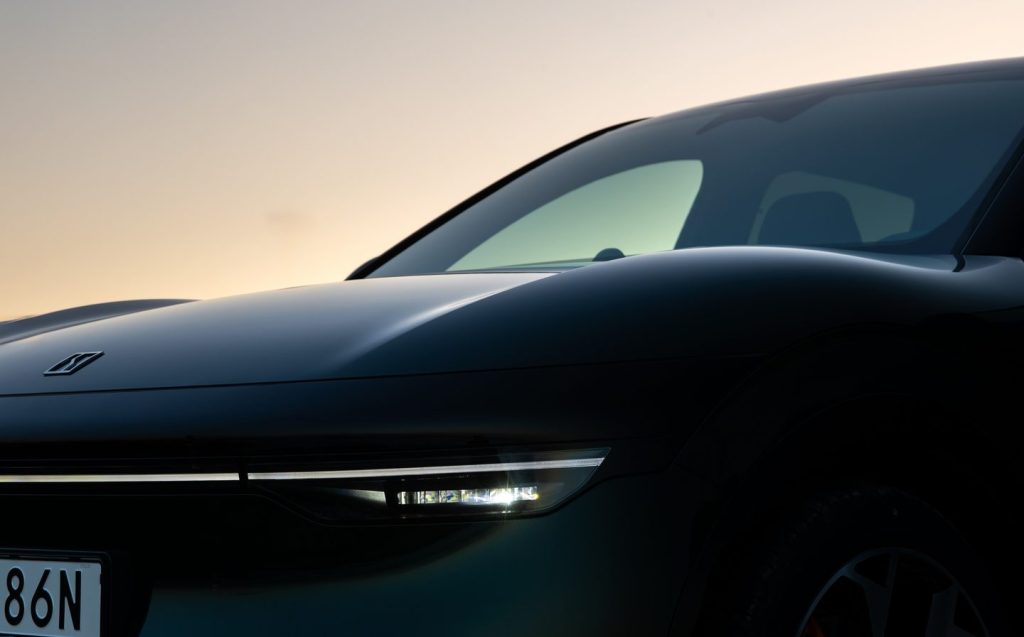
The issue is, here in Europe it’s not a well-known manufacturer; at the time of writing, Zeekr only sells its cars in Sweden, Norway and the Netherlands. By the end of the year, the territories in which you’ll find Zeekrs will expand to include Denmark, Belgium, Switzerland and, er… *checks notes*… Greece. Yes, Greece.
You’ll notice that conspicuous by their absence are three of the biggest new car markets in the world: France, Germany and the UK. At the moment, all Zeekr’s representatives for Europe will say is that it should have its cars on sale in our country within “18 to 24 months, at most”. The delay, apparently, is sorting out precisely which sales approach to use in the UK: dealer-based, bring them in through an importer, or dealing direct with the consumer (online).
Anyway, prior to getting any cars here there’s still a brand-building job to do, and it doesn’t help when your company name sounds like a tropical disease transmitted by mosquitos. Admittedly, zika is simply a Lugandan word which means “overgrown”, named after the forest in Uganda from where the virus originally emerged, but you get the point. The real origin of the name Zeekr is almost as unappealing: one review on a Chinese motoring website claims it’s a combination of “Generation Z” and “geek”.
If you can move past all that, you might want to know that, so far, Zeekr has released two models in Europe. The first, understandably, was called the 001 and is a large, luxurious shooting brake (coupé-estate) that’s quite impressive to drive and fitted with an excellent interior. The second was a compact SUV simply called the X (how about that, eh, Elon?), about the size of the Volvo XC40, which again had a good cabin but was perhaps saddled with a ropey chassis set-up and some truly infuriating advanced driver assistance systems (adas).
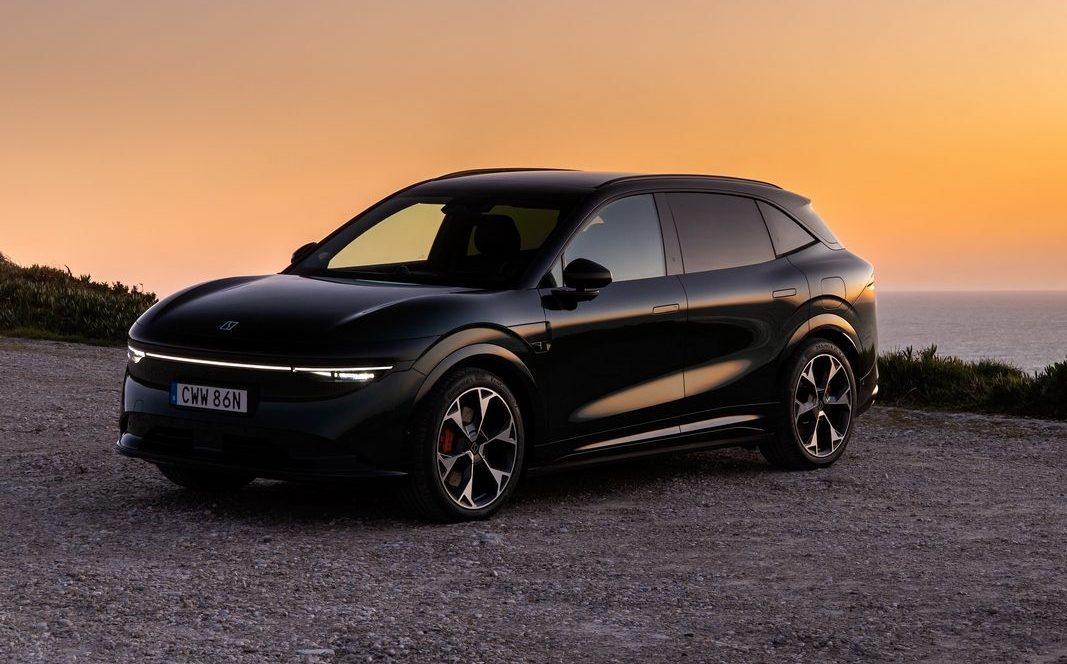
If you’re struggling to discern any sort of pattern to Zeekr’s model naming, don’t worry. Next up the ramp is this upmarket, premium five-seat SUV, which is called the 7X. So, it sort of fits in with the smaller X, but not really because what does the seven in its name really stand for? And further, it definitely makes no sense in relation to the 001.
Measuring nearly 4.8 metres long and almost two metres wide, the Zeekr 7X is deceptively large. Zeekr is ostensibly targeting what the industry calls the “D-segment” with the 7X, which means its rivals would include varied machines such the Skoda Enyaq, Volkswagen ID.4, Nissan Ariya, Peugeot e-3008, Ford Explorer and Vauxhall Grandland Electric, among more.
However, it’s at the top end of that scale size-wise, and as we’ll come to see it’s also offered in formats that have bigger batteries and are considerably more powerful than anything in that class. It’s clear that Zeekr would like to you to believe that the 7X is more of a match for the likes of the Audi Q6 e-tron, forthcoming BMW iX3 and others in the upmarket space; maybe even tempt a few brand-adventurous folk out of even grander electric SUVs than that.
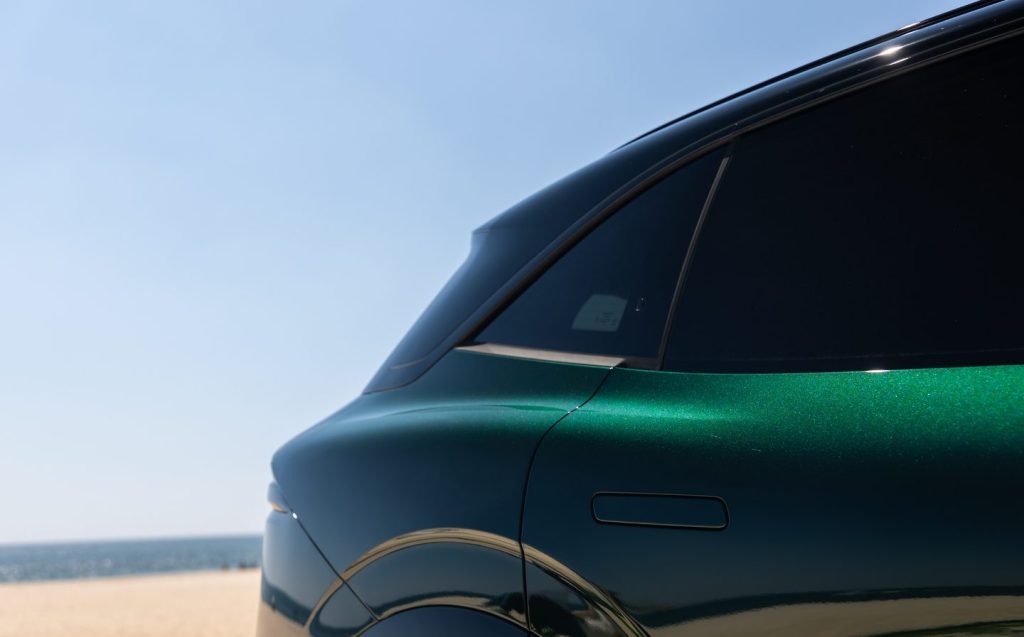
Whether this will be possible or not will come down to pricing, as and when Zeekr arrives in the UK. In places where it is on sale, the 7X range starts from just €54,000 (about £46,000 on a direct exchange at current rates) and even the flagship model we’re testing here is only €60,000 (£51,250) or thereabouts; firmly placing it in the ID.4’s sphere.
Talking of range, Zeekr will offer two single-motor, rear-wheel-drive variants of the 7X, and then a dual-motor, all-wheel-drive (AWD) flagship called the Privilege. Battery capacities will be either 75kWh or 100kWh, and with 800-volt architecture (available in truly high end EVs like the Porsche Taycan) — plus a self-developed lithium-iron phosphate chemistry it has called the “Golden Battery” — Zeekr says the SUV can charge from 10-80 per cent in as little as 13 minutes on a 470kW DC ultra-rapid charger.
Mind you, the maximum we have in the UK right now is around 350kW, but we can skip over that for now, given the car isn’t yet confirmed to go on sale here.
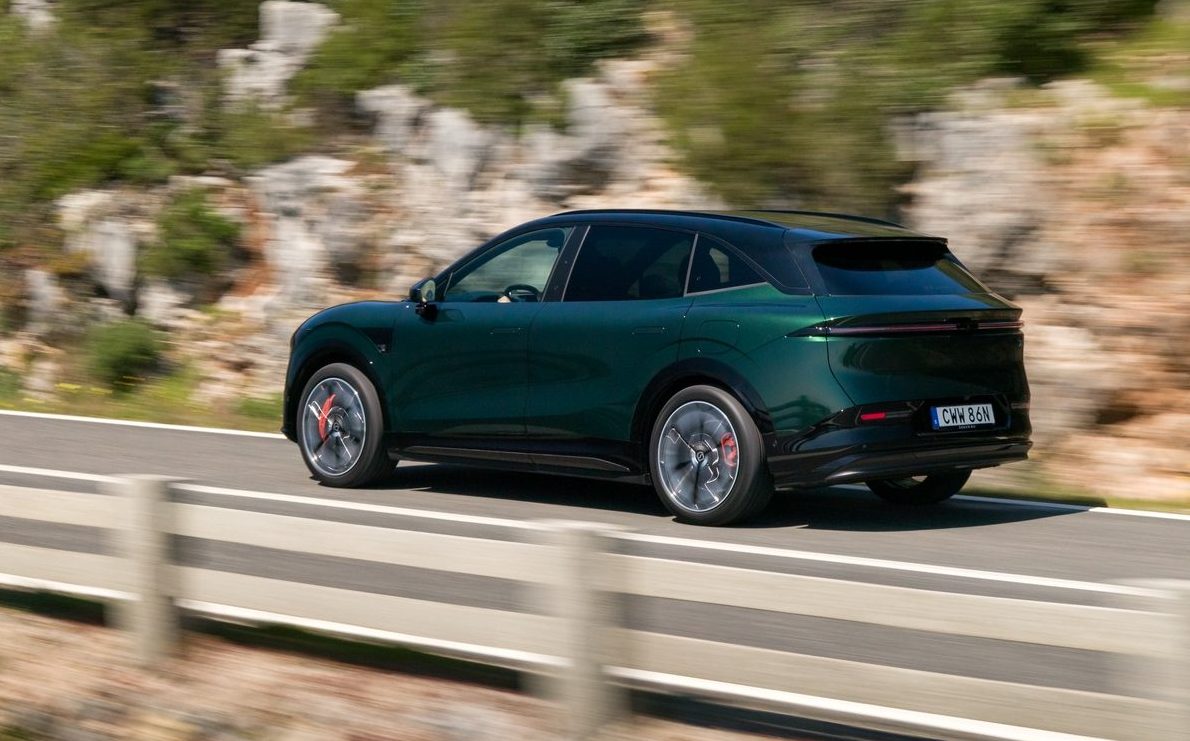
Speed is also a feature of the drivetrains, and even the single-motor versions have 416bhp and 325lb ft of torque (twisting force), enough to give them a six-second 0-62mph run. You’ll get 298 miles to a charge of the 75kWh rear-wheel drive 7X Core but up to 382 miles from the 100kWh Long Range derivative. That’s according to the official WLTP test, so as usual, expect less in the real world.
That leaves this Privilege version we’re testing. It has a second motor fitted to the front axle and is only offered with the 100kWh battery. Power swells to a mammoth 630bhp, while torque stands at 524lb ft. That’s enough to shunt the hefty 7X AWD (it comes in at 2,535kg as tested) from 0-62mph in just 3.8 seconds — once again, supercar-like performance from a big, weighty, electric SUV that’ll primarily be transporting families about the place. Is such rampant speed really necessary?
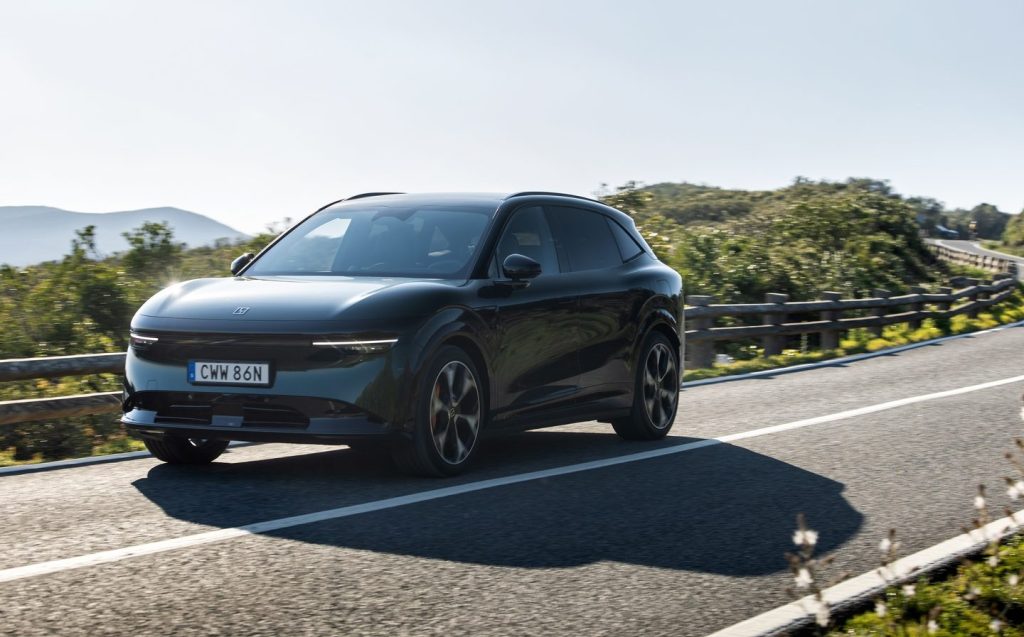
Well, before we answer that question, a word on the looks and cabin of the 7X. Largely, on the outside, it’s rather anodyne. It doesn’t have masses of presence and with that full-width light bar/ sensor array on its nose, the 7X visually more like an oversized Toyota bZ4X than either its existing Zeekr stablemates.
Along the sides, a vaguely swoopy roofline aims to make the 7X look a bit coupé-like while maintaining the high rear headroom of an SUV. That’s coupled with 21in alloys on the range-topper and orange-painted brake callipers to mark it out as the fast one. At the back is another full-width light bar, de rigueur for all new cars in the 2020s it would seem, and again a lack of any sort of standout design that would give Zeekr an aesthetic USP.
Luckily, the interior is much more interesting. So far, the material quality of all of Zeekr’s products that we’ve sampled has been superb and the 7X might be the best effort yet. There are a few chintzy touches in places, the window switches feel like they’ve been installed the wrong way around, and some of the controls are baffling (you need to tap the central touchscreen and then use the steering wheel buttons just to adjust the door mirrors, the head-up display or the wheel itself, for example), but in general you can work around those minor quibbles and be impressed by the rest of it.
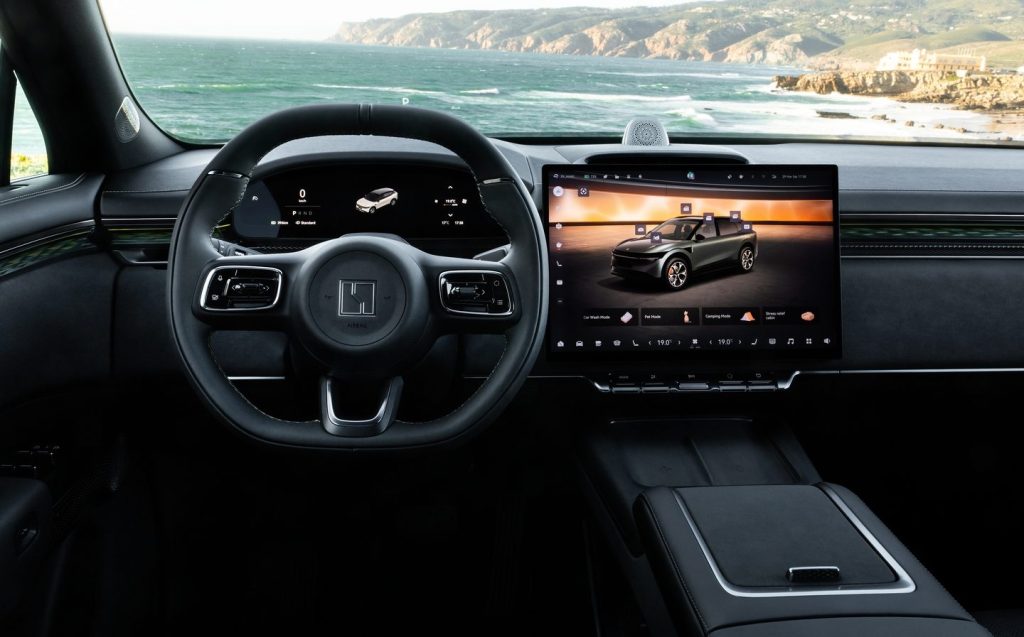
The fit and finish looks top-notch. The 16in touchscreen infotainment, while perhaps a little too dominant in terms of appearance and its control levels (we’d prefer more physical switchgear than the 7X has), nevertheless is sharp and reasonably fast to respond to inputs. The driver’s instrument cluster and massive head-up display are both brilliant. The front seats are supple and supportive in equal measure. All the major touchpoints have a high-quality, upmarket feel to them.
And the practicality is immense. There are storage compartments everywhere in the Zeekr 7X, including cubbies in the front-door armrests, three drawers under the rear seats, a twin-hinged central storage zone up front that’s enormous, big door pockets, a 539-litre boot and enough rear-seat space that even six-footers should be comfortable back there for extended periods of time. You can’t argue with this SUV’s sheer versatility, even if — as we’ve already hinted at — there’s no seven-seat option.
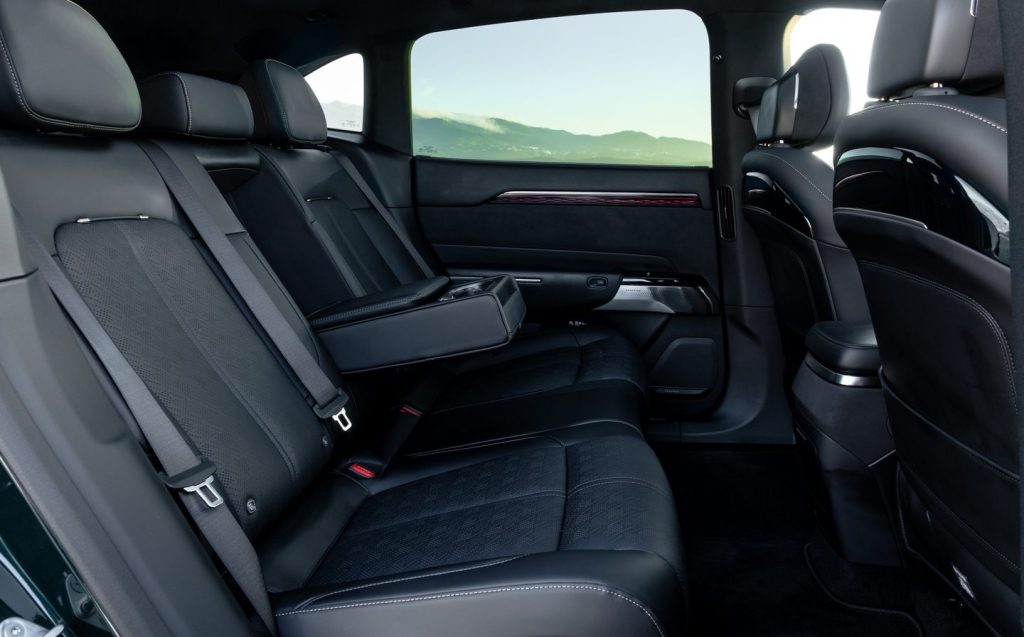
On the move, first impressions of the 7X are that it has a rather unsettled low-speed ride. The dual-motor AWD Privilege has air suspension and adaptive dampers, a level up from the rear-wheel-drive variants on their more straightforward passive system, but air springs and big alloys can often lead to an inability to soak up the worst imperfections in urban road surfaces and so it proves in the Zeekr.
Thankfully, once it gets a bit more speed under its wheels, the ride comfort and rolling refinement levels improve markedly, even if there is always a trace of tyre roar and suspension noise to contend with. But certainly, for ambling about at a steady pace, the 7X AWD seems perfectly fine. Not class-leading, or game-changing, just… fine.
The issue is that this thing has 630bhp and while Zeekr promotes itself primarily as a luxury and technology company, it was still bigging up the way the 7X AWD can handle the corners as proof of it being a “thrilling” performance machine.
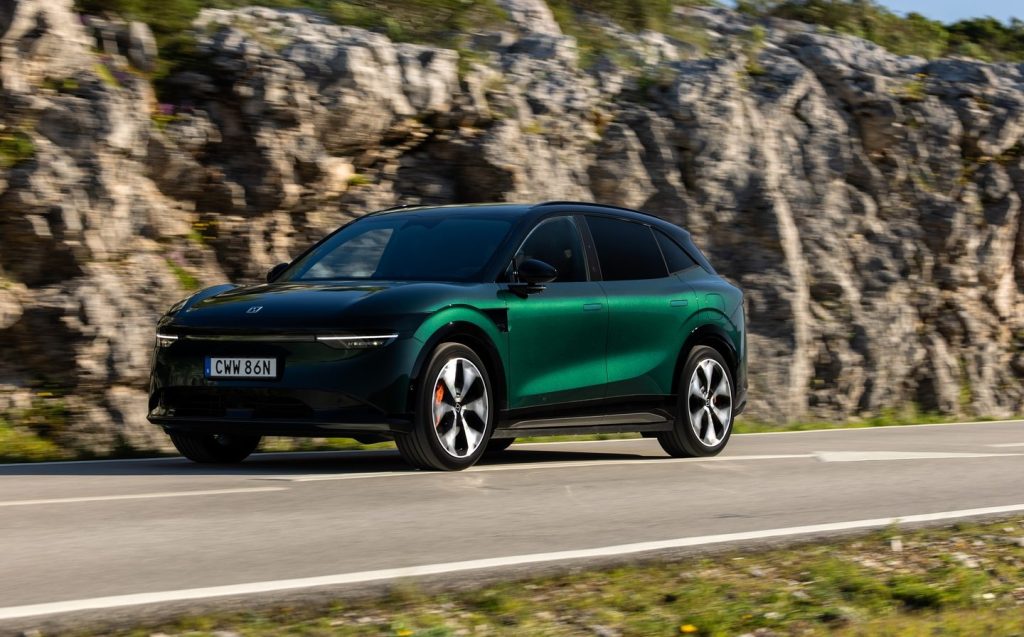
Sadly, the chassis needs some serious tweaking to make it competitive with the best options from Europe. In extremis, the Zeekr 7X feels like two entirely different vehicles welded together in the middle.
Rolling on grippy Michelin Pilot Sport EV-specific tyres (though Continental is the preferred supplier for eventual European-market versions), the 7X’s modus operandi is to first of all understeer notably (where the front of the car ploughs straight on), then vector its torque at the powerful rear motor, whereupon it transitions into rather wild, snappy oversteer (the back of the car sliding). Great fun if you want to go around wet roundabouts on opposite lock like a drifting pro but not very reassuring for a supposedly safe and sensible four-wheel-drive SUV.
This is on top of marked body roll in the corners, plus the nose of the 7X rearing up under full acceleration and diving down under sharp braking. Throw into this feel-free steering in all three driving modes — there’s barely any difference between each, save for a little extra weight to the wheel through Normal and Sport from Comfort — and no real reason to change the suspension settings either, and it makes for a ragged handling experience.
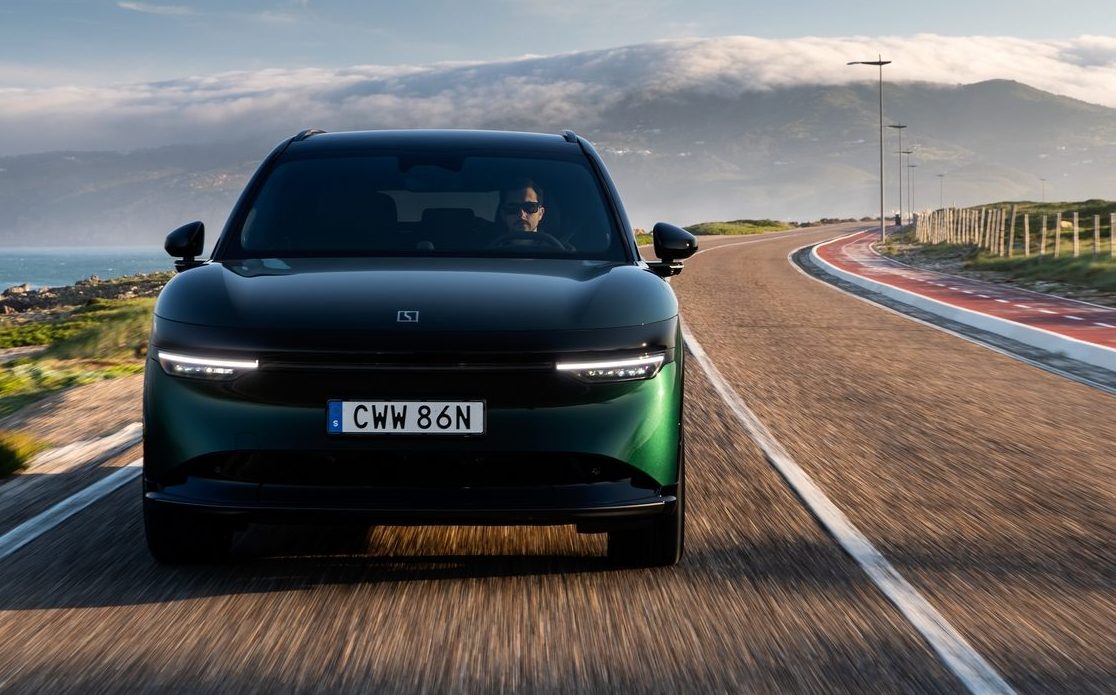
It’s one that could possibly be rectified with some carefully considered software alterations, given this AWD variant has the air suspension and adaptive dampers, but on the first showing the 7X is an SUV you want to drive well within itself. There’s no way you could call this a performance vehicle for keen drivers.
That, though, is despite the fact we’ve not been in many electric vehicles of any type which are faster than this Zeekr. Indeed, those on-paper 630bhp and 525lb ft numbers look suspiciously underplayed if anything. A power-to-weight ratio of 248bhp-per-tonne should not result in a car which can accelerate from 60mph up to extremely high speeds at such an outrageous rate of knots as this thing.
It’s also acceleration that feels especially dramatic, because if you use full power then the Zeekr’s lack of chassis sophistication makes it squirrel down the road over cambers and lumps — meaning the driver needs to input quite a few steering corrections to keep it on the straight-and-narrow.
So, this initial showing from the Zeekr 7X is a bit of a mixed bag. It certainly has a passenger compartment that is commodious enough and of sufficient quality to succeed, while its standard equipment levels, decent electric range and amenable manners in regular driving all serve to give the Chinese SUV plenty of appeal.
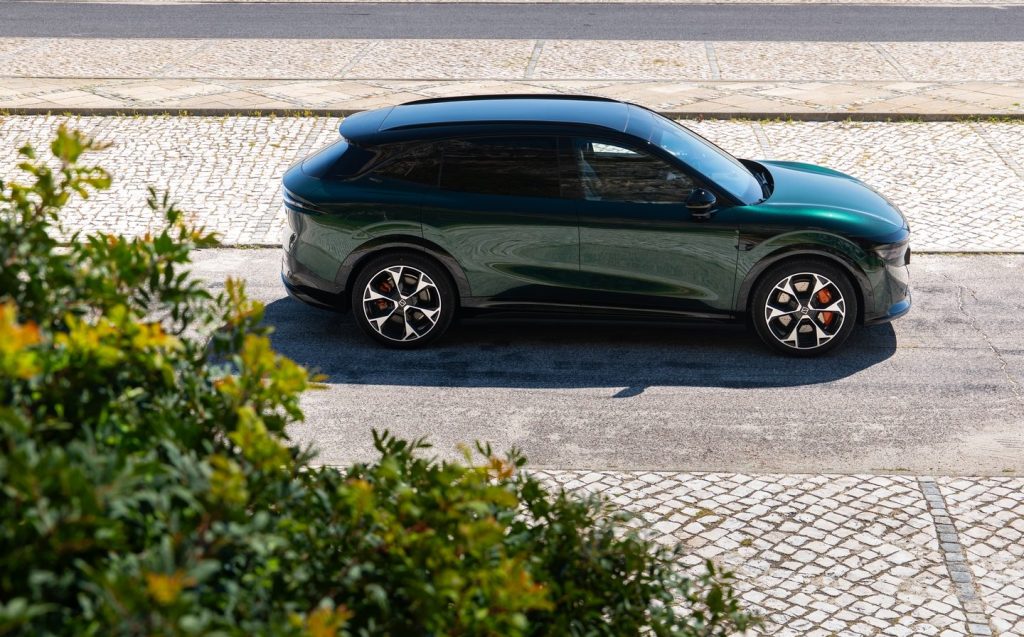
That said, if you want a sharp-handling electric SUV that goes like the clappers, there are much better options than this rough-and-ready newcomer.
Admittedly, that’s a rather academic point because you won’t be able to buy a Zeekr 7X of any flavour until the latter half of 2026 at the earliest, by the look of things. By which point there may have been some chassis tuning for the UK market.
Nevertheless, if Zeekr can get the pricing right and sort out the handling before it reaches the UK, the 7X will be an SUV of merit. Should it go on sale here without modification, we’d advocate avoiding the bonkers-quick AWD variant and just sticking with the Long Range 416bhp version instead.
Chinese carmakers: Zeekr
Zeekr is part of Geely Automotive, a privately-owned Chinese car giant, with headquarters in Ningbo, Zhejiang, China.




